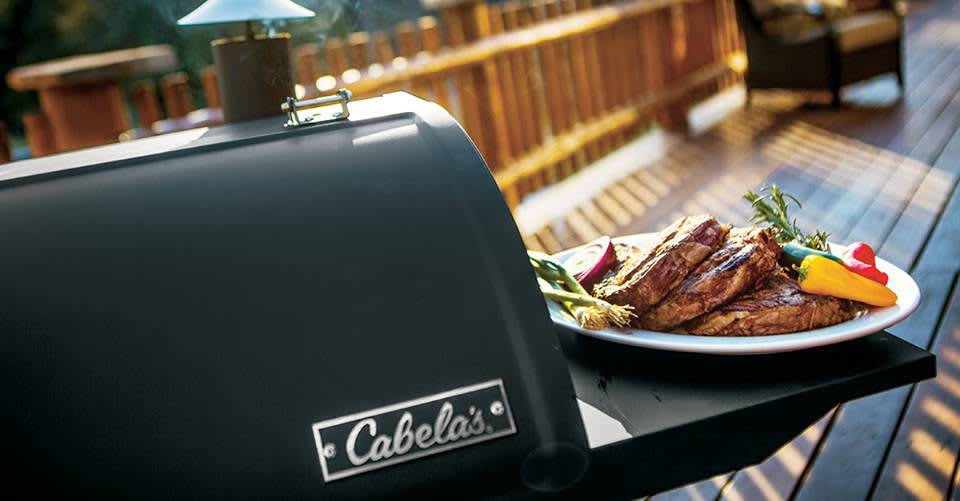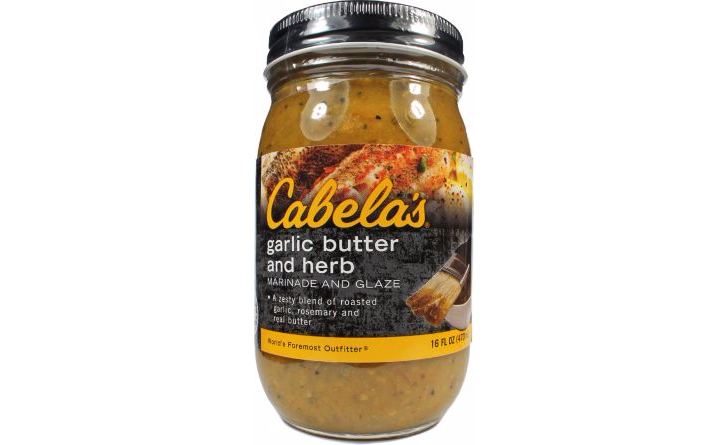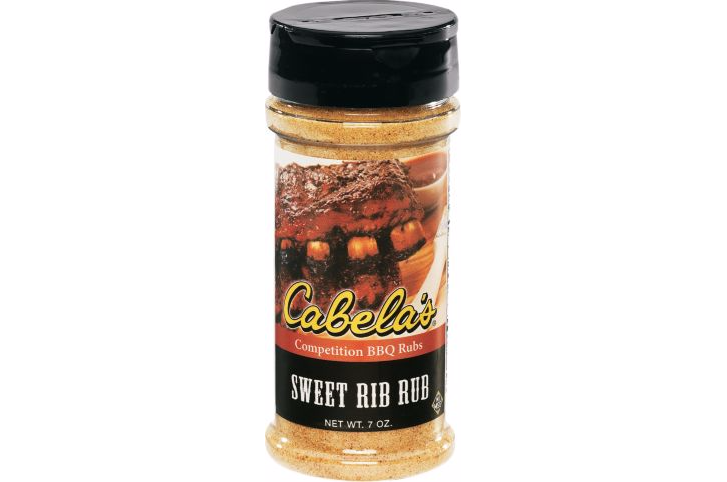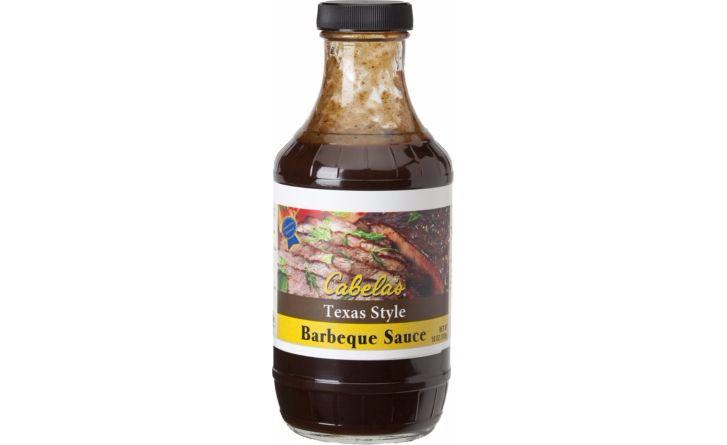Better BBQ this Summer
Dave Maas 06.23.16

The scent of smoldering charcoal mixed with the savory aromas of cooked meat and vegetables is the definition of summer—or at least the definition of summertime pleasure. Most people would agree that the flavor of a steak or simple hamburger sprinkled with a bit of salt and pepper and grilled over a bed of charcoal is several rungs higher on the foodie ladder than what can be achieved on an indoor stovetop.
Still there are things a backyard grillmaster can know and do that will make his or her creations even better tasting, and perhaps rival those produced in a great restaurant or established Bar-B-Que shack. The first is to understand the difference between grilling and barbecuing.
Grilling, what most of us do on the patio or cabin porch, is cooking over high, direct heat for a short period of time. It puts that delicious sear on a steak, burger or chop and gives chicken skin that a delectable crispiness, while sealing in moisture to keep the interior meat tender and juicy.
Barbecuing best serves larger cuts of meat (ribs, butts, shoulders and whole poultry) and requires a low-and-slow approach with an indirect heat source that produces a cooking temperature of 225oF or lower and works its magic over many hours. And though many experienced pitmasters might disagree, the backyard cook, by piling coals to one side of a charcoal grill—or firing one burner of a gas-fueled grill—and placing the meat in the cooler zone, can at least approach the flavor and quality levels that come from an old-school, wood-coal pit. Though, with a gas grill, much of the unique smoky flavor is sacrificed unless wetted wood chips are introduced into the process.
Enhancing the flavor and texture of the meat through the application of marinades, rubs and sauces is another skill an amateur grillmaster can and should acquire. But what are the differences among these products, and how are they best employed? Many barbecue maestros around the country have spent a lifetime perfecting their recipes and techniques, but the backyarder can do well with these down-and-dirty definitions.

Marinades
A marinade is a light liquid in which meat, fowl or fish is soaked for a time before cooking. It’s typically made up of an acid, such as vinegar or lemon juice, oil and spices. The acid breaks down and tenderizes the meat while the oil helps carry the spices into the flesh. Marinades work best with flat cuts—steaks, flank steaks, pork chops etc. that allow the flavors to soak in more thoroughly—as well as seafood.
Commercial marinades, such as those in Cabela’s line of Marinade & Glazes are available in various flavors and seasoning mixes. Naturally, the more robust flavors are best paired with red meat while lighter flavors, such as garlic or citrus, can also be used on poultry, fish and shellfish.
Meat can be soaked for a few hours, but seafood usually requires from just 30 minutes to a couple of hours. In all cases, however, never let it go on too long or the acid will turn your meal to mush.

Rubs
Rubs are really a marinade, too, but in a dry form that is patted onto the meat before cooking begins. They are the perfect preparation for something like a brisket, rack of ribs or pork butt that will go into a long, low-heat session in a barbecue pit or smoker. Here again, the home chef can create an indirect heat chamber in a charcoal or gas grill.
Like wet marinades, commercial rubs come in a variety of flavors that are typically aimed at particular types of meats. The Cabela’s Competition Barbecue Rub lineup, for example includes specific recipes for ribs, brisket, chicken and pulled pork, among others. There’s even an all-purpose rub that works wonders on wild game meats.
Though the spices and seasonings among rubs can vary, sugar and salt are usually a common denominator among all rubs, and help to form the wonderful crust, called bark, on the outside of a slow-cooked piece of meat. The bark not only provides an amazing flavor-and-texture profile that’s separate from meat itself, it helps seal in the juices that keep the meat moist and flavorful. Perhaps the biggest mistake home chefs make when using a rub is applying too little. For best results it should actually coat the piece of meat.
Rubs work well on grilled meats like steak, chops or chicken, too, and here you can go with a lighter coating.

Sauces
There are probably as many homegrown sauce recipes as there are barbecue pits in America. While each one offers its own unique flavor nuances, sauces can be roughly lumped into geographic categories. Memphis Style sauce, for example, is known for its “bite,” which comes from vinegar and pepper. Kansas City Style is sweeter, while Carolina Style relies more on mustard-flavor than does any other type of sauce.
And though most real Texans argue vehemently against the need for any type of sauce at all on their brisket, ribs or sausage, there are Texas Style sauces out there—which usually boast a smokier, spicier, less sweet flavor profile.
Fortunately, the home grillmaster has hundreds of delicious commercial blends from which to choose. Cabela’s Open Season BBQ Sauces, for instance, come in versions that cross the continent from Texas to Carolina.
The methods used to apply BBQ sauce also vary among barbecue mavens. Some serve it as a table condiment to be applied by the individual diner. Others prefer the mop-on method, applying the sauce as the meat cooks. It’s universally agreed, however, that it’s better to wait until the meat has formed a crust before mopping on the first coating. Otherwise there’s risk of washing away the rub or seasoning already applied. Use the sauce mop as soon as the meat’s been flipped, while the surface juices are still hot, then wait for moisture to steam off before flipping it again.
Just a bit of experimentation with the methods and flavor enhancers mentioned here is bound to make this the best BBQ Summer ever; it may even turn an amateur grillmaster into an experienced pitman.
This article was produced in cooperation with Cabela’s

